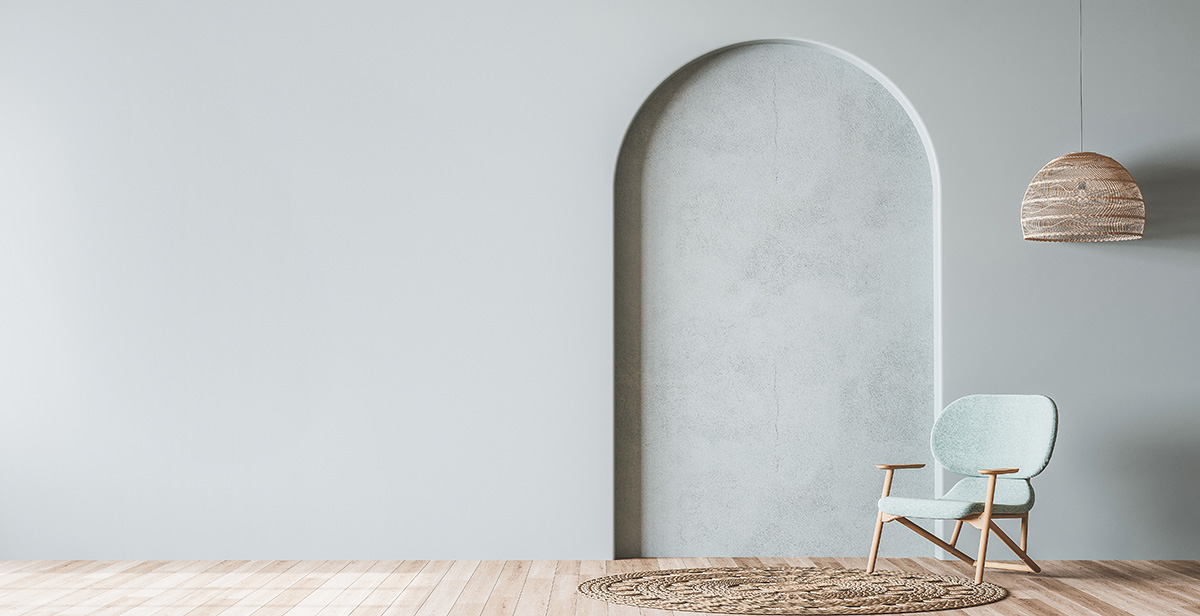What began as an artist movement is now an ode to mindfulness, sustainability, and environmental awareness. Emerging in the 1960s and 70s, minimalism referred to the simplicity of visual arts, music, and movement arts. Art that is two-dimensional, linear, and industrial is generally considered to be minimalist.
In recent years, the organizing consultant Marie Kondo reclaimed the term to encompass a more intentional approach, specifically regarding décor and the home. Her philosophy, elaborated on in her book, “The Life Changing Magic of Tidying Up,” touches on the importance of connecting with the household items that surrounds us each and every day, and releasing or discarding the items that do not spark joy in the home or serve an imperative purpose.
These days, minimalism extends through many different terrains. From fashion, to environmentalism, to philosophy, we can incorporate minimalism into our every thought and movement by going to the root of the ideology: minimizing distractions and noise in order to focus on the things that truly matter to you.
Read more: 10 Ways to Increase Your Productivity at Work
Some may say that minimalism is a product of capitalism, asking us to relinquish the plethora of commercial and consumer goods that have grown roots in our homes and find a balance that sparks joy and leaves room in our lives for that joy to grow.
If you’ve never explored a minimalistic approach to life, where can you start?
1- The home
The KonMari method is a viral method of organizing established by Marie Kondo. Kondo recommends to start by asking yourself, “What can I let go of?”
Working through each element of your home, organizers can go through their clothes, books, kitchenware, and other categories and immediately say goodbye to the household items that don’t serve a function or spark joy.
Kondo believes that, “Tidying up means dealing with all the ‘things’ in your life.” The practice of sifting through and prioritizing is an important habit to build, as it reinstates the values and priorities we make for ourselves.
2- The mind
When you make space in your home, you can start creating space in your mind for increased focus on the arenas in your life that you want to dive into. Meditation is a beautiful way to incorporate stillness into your life, and relieve yourself from stress.
By quieting the mind and minimizing distractions, the white noise that hums in the background of our brains can be silenced, and the stress of our day-to-day living can start to subside. When you emphasize stillness, movement begins to grow.
With mindfulness, minimalism is less about the process of elimination and more about the power of presence and the autonomy of choice. With presence, you might be more inclined to do the things you love to do.
3- The environment
How can one be minimalist in relation to the environment? By reducing your consumption, you reduce your carbon footprint, in turn benefitting the environment.
Try to find innovative ways to use elements of the environment to give back to the space you are residing in. Reduce the use of single-use plastics, and opt for reusable items that can last.
When it comes to produce, maybe consider turning towards products that are farm-to-door, or seasonal. We can begin to exist in harmony with the ecosystem we live in when we tune into the elements that matter to us.
For more lifestyle news, click here.








